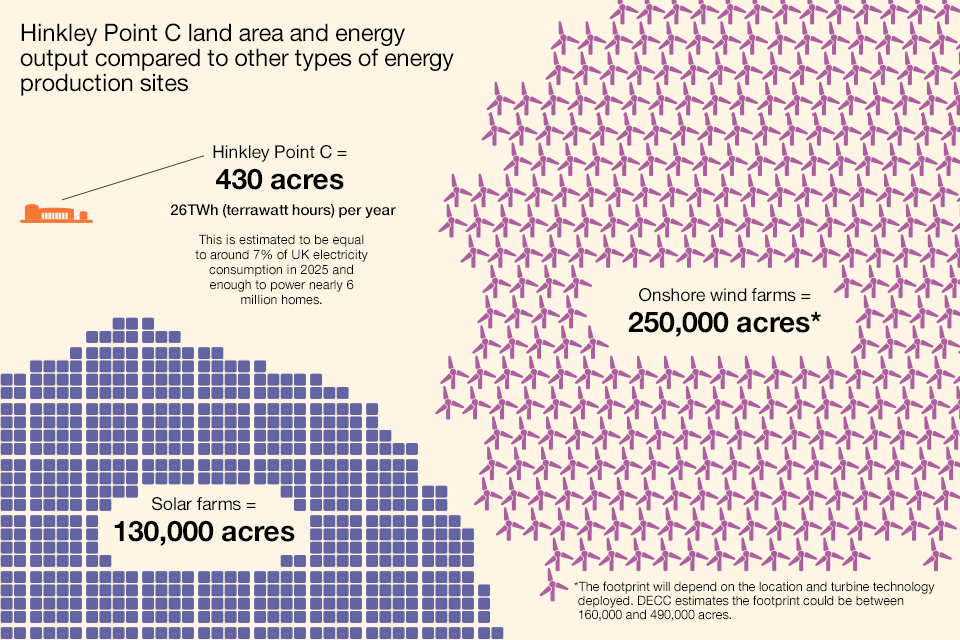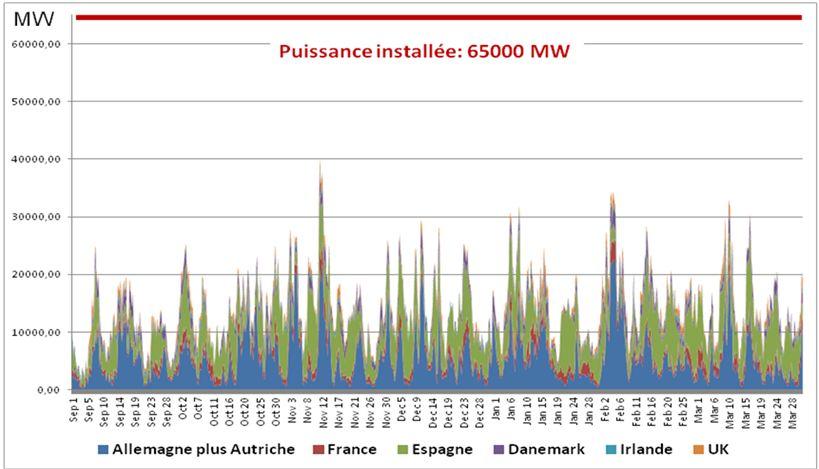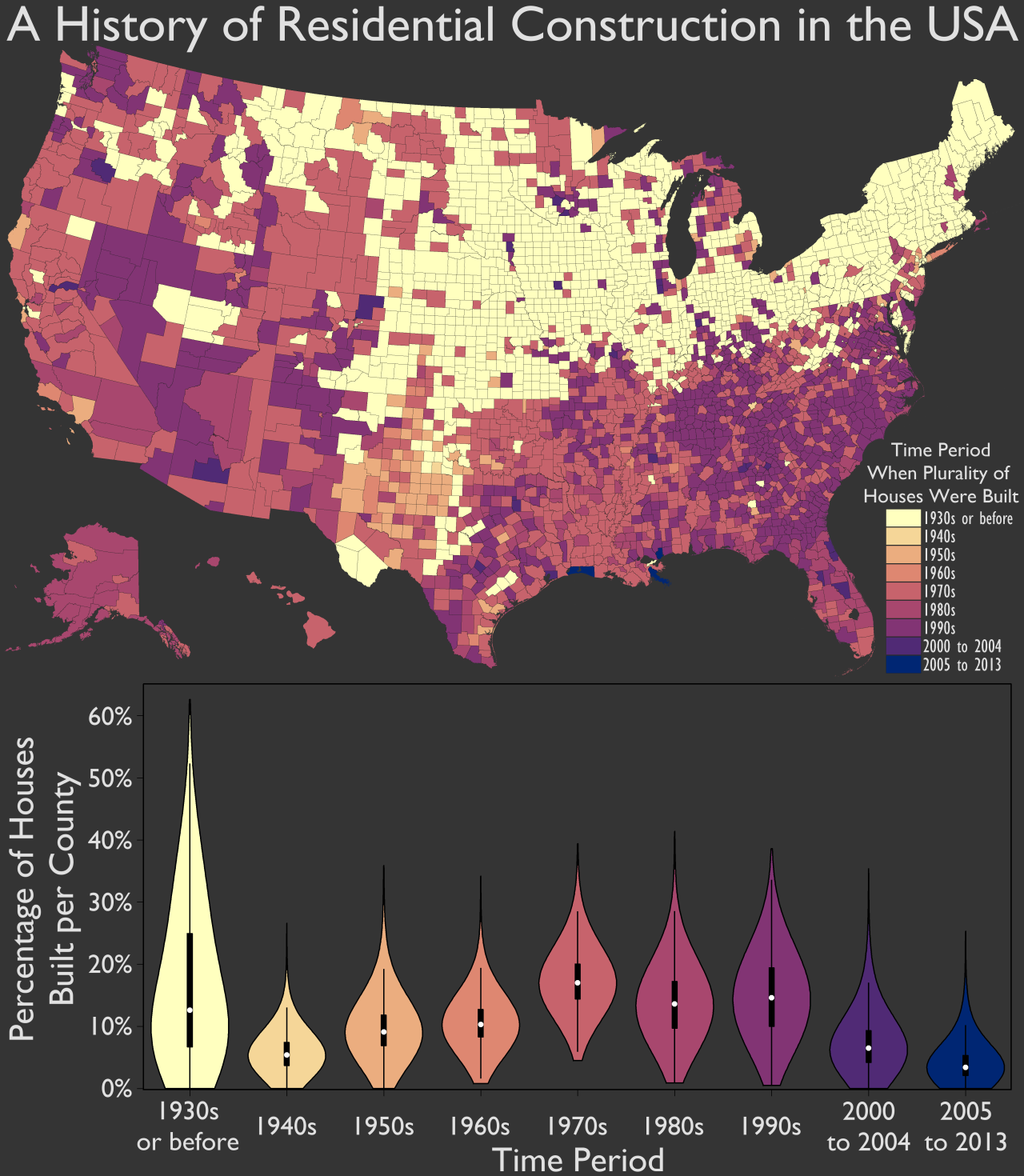Hygro
soundcloud.com/hygro/
re: returns to investment. it's a global phenomenon and there's a lot of reasons for it, but this guy tells it best
(PDF warning)
http://www.sscnet.ucla.edu/issr/cstch/papers/BrennerCrisisTodayOctober2009.pdf
The alternative is to read his book "The Economics of Global Turbulence"
(PDF warning)
http://www.sscnet.ucla.edu/issr/cstch/papers/BrennerCrisisTodayOctober2009.pdf
The alternative is to read his book "The Economics of Global Turbulence"











